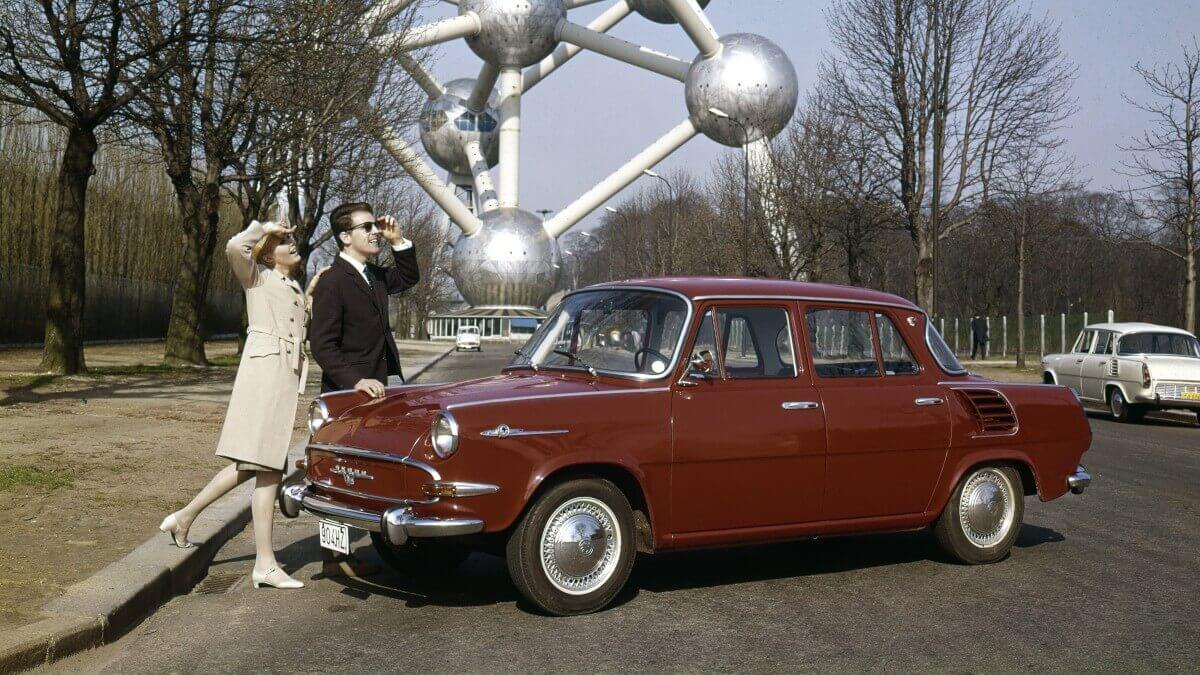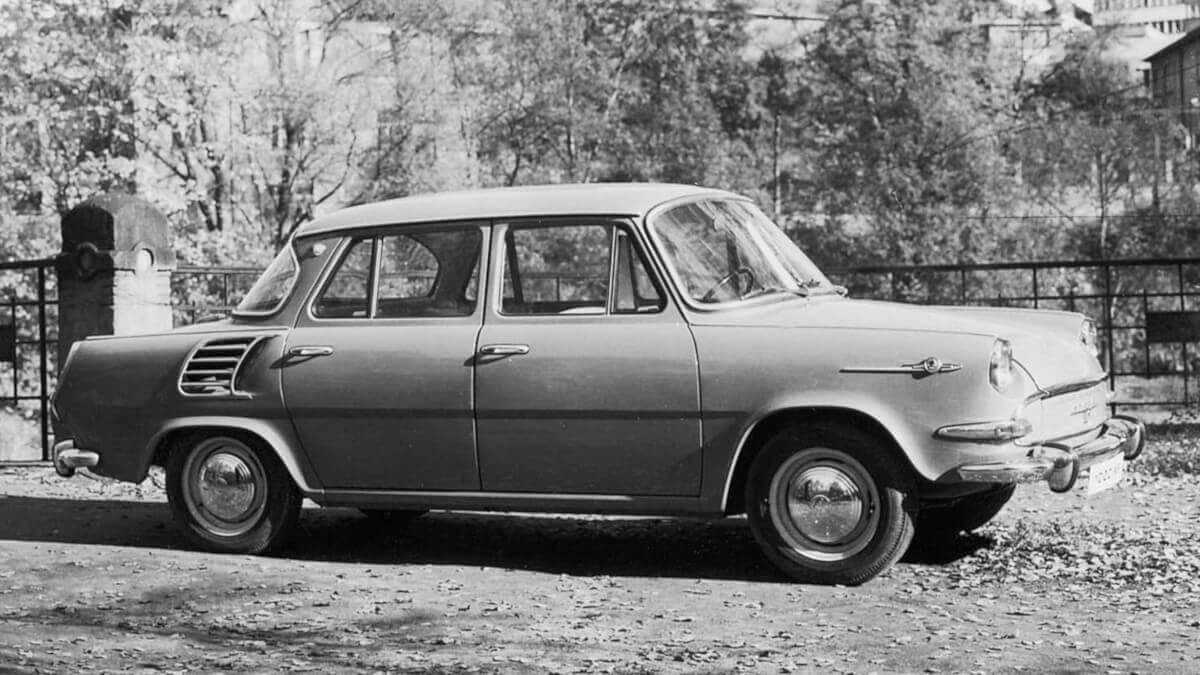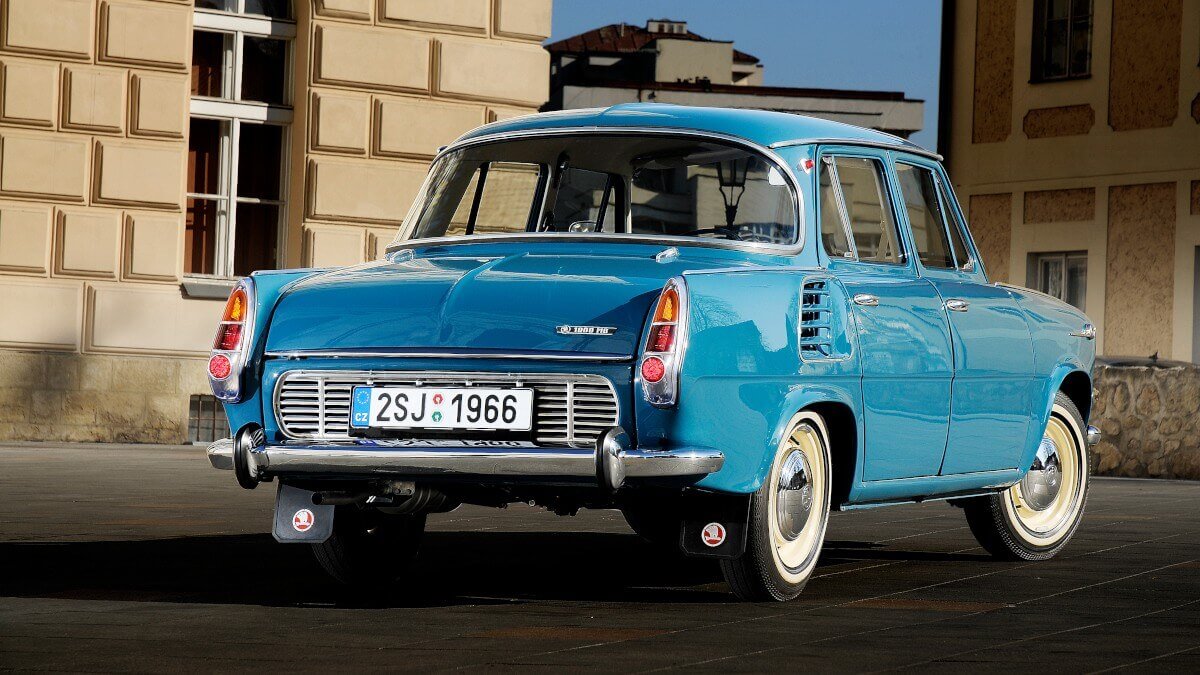55 Years of Škoda 1000 MB
Škoda fundamentally changed their model program 55 years ago. The previous models Octavia and Felicia reached their production end. At the same time, a lot of money had been invested in the Mladá Boleslav production site to modernize and expand the main plant, involving more than 300 domestic and foreign companies. Starting in the spring of 1964, the new 1000 MB started to roll off the production lines. Its technical platform formed the basis of the Škoda models until the late 1980s. In contrast to the Octavia, the drivetrain moved completely backwards and drove the rear axle. It also provided for the naming of the new model: 1000 for the rounded capacity in cubic centimeters (in fact it only had 988 cc) and MB for the plant Mladá Boleslav. Produced from a special aluminium alloy patented by Czech engineer Josef Polák in 1922, the inline four-cylinder engine achieved an output of 27 kW/37 PS and a maximum speed of 120 kph (74.5 mph). The average consumption was between seven and eight liters of fuel per 100 kilometers.
For the first time, Škoda put a self-supporting body over the newly developed platform. Initially, there was only a four-door sedan, which was supplemented in 1966 by a two-door coupé without B-pillars, whose name was supplemented with an X. In addition, Škoda expanded the range of engines for export markets by the 1000 MBG with two carburetors and 35 kW/47 hp, while at the same time the power of the 1000 MB increased to 29 kW/39 hp. The coupé 1000 MBX was only available with the more powerful engine of the MBG. From 1968 the MBG was succeeded by the 1100 MB with 35 kW/47 hp from 1.1 liters of displacement. The 1000 MBX accounted for the 1100 MBX. Also from 1967, Škoda finally cured problems with the alloy, which in some cases had led to cracks in engine blocks and gearboxes.
















As early as 1956, the preparatory work for the new 1000 MB started. First prototypes of the car with internal code Type 976 had front engine and front-wheel drive. Shortly thereafter prototypes of the Type 977 followed with the rear engine layout of the later production car. On an experimental basis Škoda tried out air-cooled boxer engines and water-cooled inline four-cylinder engines. In parallel, the engineers built some prototypes of the Type 978 with the classical front engine rear-wheel drive concept. But these cars would have been 15% more expensive to produce compared to the types 976 and 977. By May 1962, the fleet of a total of 50 prototypes had covered a total distance of 1,598,840 kilometers. For this purpose they also drove up north to the Caucasus in the Soviet Union, where tests of the braking, fuel and cooling systems were made. Three cars were used at temperatures of -45 degrees Celsius. During this time also a station wagon and a convertible were developed as intended additional body styles, but they never reached production.
The compact Škoda model with only 4.17 meters in length found many customers outside of the Soviet-controlled states. Thus until 1969 a total of 443,141 copies left the production, of which about 60,000 went to the GDR. With a daily production of 150 units, it was the first Czech mass produced car. The popularity derived in some countries also from the rally successes of the 1000 MB. Only 1,403 copies of the coupé 1000 MBX and another 1,114 copies of the 1100 MBX were built, which is why this version today is a sought-after classic car.
Images: Škoda




